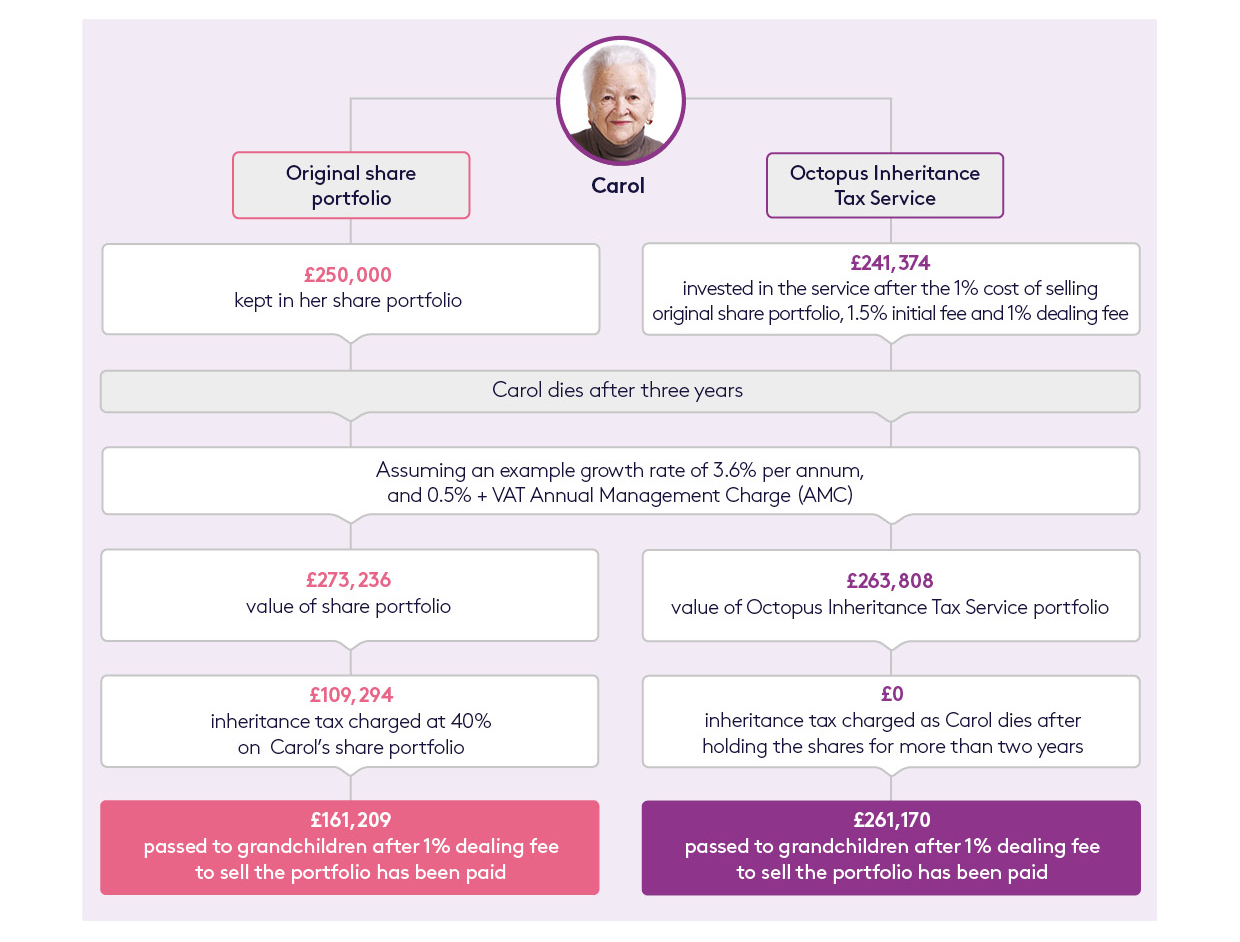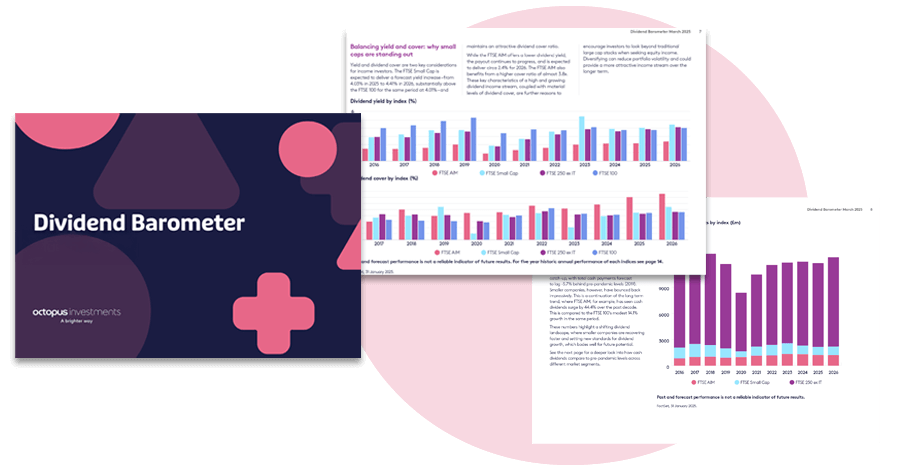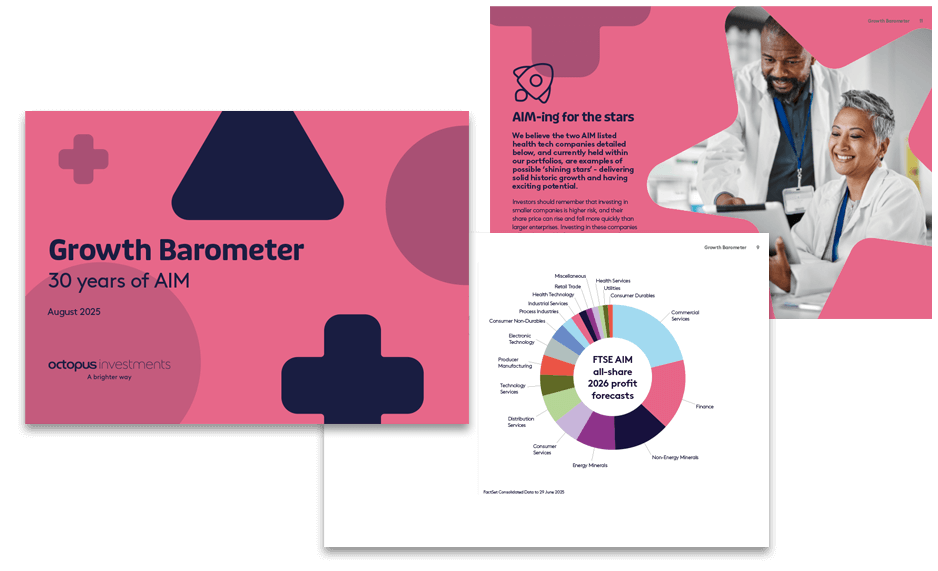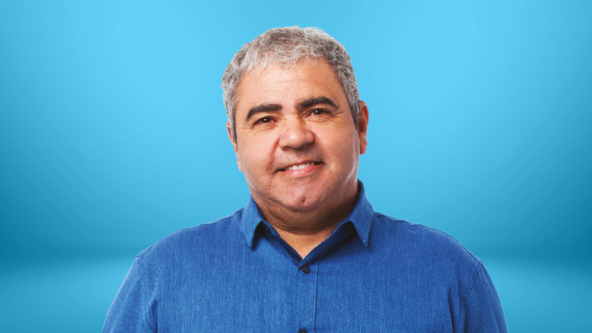Estate planning for clients who want to retain access to capital
What to do for clients who want to retain access to capital?
Some clients are reluctant to move forward with their estate planning because they feel uncomfortable giving away assets, even if they can afford to do so.
Business Relief (BR) offers a way for clients to plan for inheritance tax (IHT) while keeping assets in their own name.
Remember, BR won’t be right for everyone. It puts investor capital at risk and comes with other considerations. We cover the risks in more detail in this scenario.
About this planning scenario
We created this tax planning scenario to help advisers develop suitable planning strategies for clients. It does not provide advice on investments, taxation, legal matters, or anything else.
Tax-efficient investments aren’t suitable for everyone. Any recommendation should be based on a holistic review of a client’s financial situation, objectives and needs.
Advisers should also consider the impact of
charges related to the product, such as initial fee, ongoing fees, and annual management charges.

Meet Carol, who doesn’t want to lose access to her capital
Carol is 86. She understands that the size of her £1.5 million estate means that when her grandchildren inherit, they’ll need to pay an inheritance tax bill.
Her adviser explains that she can afford to give away some of her assets. But Carol has been in control of her wealth all her life and is reluctant to make gifts or use trusts.
Carol worries that if her health deteriorated, she might want to use the money to pay for her care. And in seven years she’ll be 93. She’s worried that if she passes away before then, she will still leave her beneficiaries with an inheritance tax bill, even if she gives away assets immediately.
A tax-planning solution
The adviser assesses Carol’s objectives, appetite for
risk and capacity for loss and deems her suitable for
an investment that qualifies for Business Relief.
If a BR-qualifying investment is held for two years and
at the time of death, it should be able to be left to
beneficiaries with relief from inheritance tax.
BR qualifying portfolios invest in the shares of one or more unquoted or AIM-listed companies. They are higher risk investments than Carol’s portfolio of main-market listed equities, and the tax relief is designed to provide some compensation to investors for taking additional risk.
Carol inherited a large investment portfolio from her
late husband. Her adviser suggests selling £250,000
of this portfolio and reinvesting the proceeds in the
Octopus Inheritance Tax Service. One of the benefits of
the service is its weekly share allotments and sales.
If Carol needs access to her capital, she can make adhoc
requests to sell some of her shares. And if she finds
that she needs to access her investment more regularly
in the future, she can set up regular withdrawals.
Another benefit is that the investment will be made in
Carol’s name, meaning that she will retain ownership
of her wealth. Her adviser makes it clear, however, that
the Service invests in shares of unquoted companies
and withdrawals cannot be guaranteed.
Carol’s adviser explains the risks of Business Relief qualifying investments
Carol’s adviser makes it clear to her that the value of a BR qualifying investment, and any income from it, can fall as well as rise. She may not get back the full amount she invests.
He also explains that BR is assessed by HMRC on a case-by-case basis, and that this assessment happens when an estate makes a claim. The ability to claim the relief will depend on the company or companies Carol invests in qualifying for BR at the time the claim is made.
Tax treatment will also depend on personal circumstances, and tax legislation could change in future.
Her adviser explains the shares of unquoted companies could fall or rise in value more than shares listed on the main market of the London Stock Exchange. They may also be harder to sell.
How a Business Relief qualifying investment works in practice
Let’s see how it might look if Carol were to invest in the Octopus Inheritance Tax Service,
a service that invests in the shares of one or more unquoted companies expected to qualify for Business Relief.

Get in touch with your local IHT expert to discuss this scenario
Please note
- This example is for illustrative purposes only and each investor’s own tax situation may be different.
- For ease of comparison, we’ve assumed identical charging structures, an annual growth rate of 3.6%, and that annual management charges are calculated annually.
- The risk profile of each portfolio, charging structure, and any growth or losses is likely to differ.
- This example does not include any charges paid for financial advice.
- The Octopus Inheritance Tax Service has an initial charge of 1.5%, a deferred AMC of 0.5% + VAT and a dealing fee of 1%. AMC is calculated daily.
- This example assumes that the investments will be held until death and the nil-rate band is offset against other assets.











